Home>Furniture>Bedroom Furniture>How To Stop My Metal Bed Frame From Squeaking
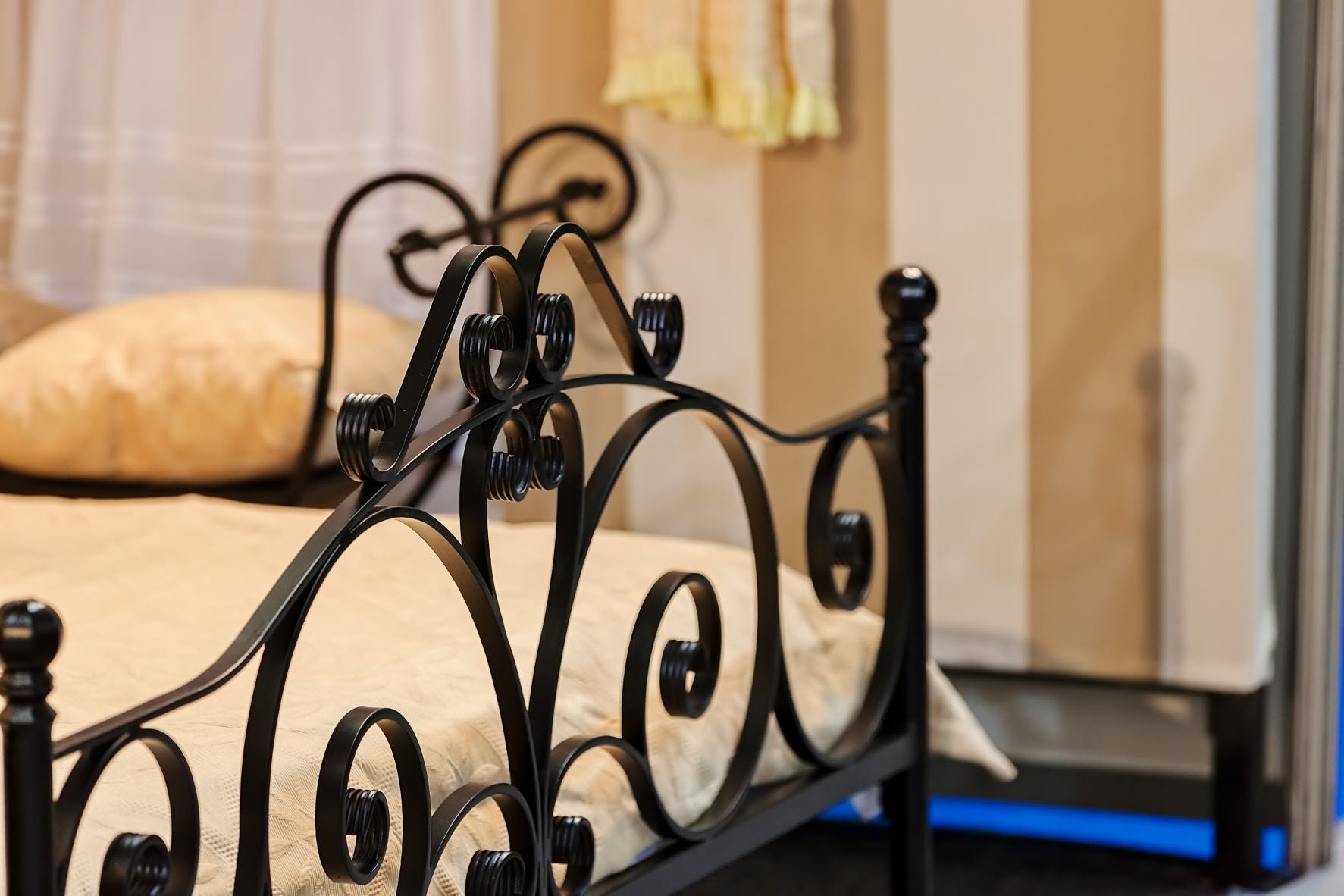

Bedroom Furniture
How To Stop My Metal Bed Frame From Squeaking
Modified: August 22, 2024
Learn how to stop your metal bed frame from squeaking with these simple tips and DIY solutions. Keep your bedroom furniture quiet and peaceful.
(Many of the links in this article redirect to a specific reviewed product. Your purchase of these products through affiliate links helps to generate commission for Storables.com, at no extra cost. Learn more)
Introduction
There’s nothing quite as frustrating as trying to get a good night’s sleep but being constantly interrupted by the annoying squeaks and creaks of your bed frame. A metal bed frame is a sturdy and reliable choice for your bedroom, but over time, it can develop squeaks due to various factors. However, fear not, as there are several effective solutions to stop your metal bed frame from squeaking and restore tranquility to your sleep sanctuary.
In this article, we will explore the common causes of metal bed frame squeaking and provide you with practical tips and techniques to address the issue. From inspecting and tightening loose connections to applying lubrication, using rubber washers or pads, replacing worn-out parts, or even adjusting or reinforcing support legs, each step will bring you closer to a silent and peaceful night’s sleep.
Before we dive into the solutions, let’s take a deeper look at the causes of metal bed frame squeaking. Understanding these factors will help you identify the specific problem areas and choose the most suitable solution for your bed frame.
Key Takeaways:
- Say goodbye to squeaky nights with your metal bed frame by tightening loose connections, applying lubrication, and using rubber washers or pads to eliminate annoying noises.
- Restore tranquility to your sleep sanctuary by following step-by-step instructions to address metal bed frame squeaking, from inspecting problem areas to seeking professional help if necessary.
Read more: How To Stop A Bed From Squeaking
Causes of Metal Bed Frame Squeaking
There are several reasons why metal bed frames start to squeak over time. Understanding these causes will help you pinpoint the source of the problem and take appropriate measures to eliminate the noise.
- Loose connections: One of the most common culprits behind a squeaky bed frame is loose connections. Over time, the nuts, bolts, and screws that hold the frame together can loosen, leading to movement and friction that result in squeaks.
- Insufficient lubrication: Without proper lubrication, metal bed frame components can rub against each other, causing friction and, consequently, squeaking. This is particularly common in areas where metal parts come into contact, such as the joints or where the frame attaches to the headboard or footboard.
- Worn-out parts: Over time, the continuous use and pressure placed on a metal bed frame can cause certain parts to wear out. This can include worn-out wheels, joints, or support beams, which can contribute to the development of squeaks.
- Uneven weight distribution: If the weight on the bed is unevenly distributed, it can place strain on certain areas of the bed frame, leading to squeaks. This can happen if the mattress is heavier on one side or if there are gaps between the mattress and the frame, causing movement and friction.
- Weak or improperly installed support legs: The support legs of a metal bed frame play a crucial role in ensuring stability and preventing squeaks. If the legs are weak, damaged, or improperly installed, they can buckle or shift, resulting in squeaking sounds.
Identifying the specific cause of your bed frame’s squeaking will help you choose the most effective solution. Now that we understand the reasons behind the noise, let’s move on to the tools and materials you will need to address the issue.
Tools and Materials Needed
Before you begin addressing the squeaking issues of your metal bed frame, it’s important to gather the necessary tools and materials. Having everything on hand will make the process smoother and more efficient. Here’s a list of the items you’ll need:
- Socket set: A socket set will come in handy for tightening loose nuts and bolts on your bed frame.
- Lubricant: Choose a lubricant specifically designed for metal surfaces, such as silicone or graphite spray, to reduce friction between components.
- Rubber washers or pads: These can help dampen and absorb vibrations, reducing the noise caused by metal-to-metal contact.
- Screwdriver: You may need a screwdriver to remove and replace certain parts of the bed frame.
- Replacement parts: If any components of your bed frame are excessively worn or damaged, you may need to purchase replacement parts, such as wheels, support beams, or brackets.
- Measuring tape: Use a measuring tape to ensure proper alignment and spacing during adjustments or installations.
- Level: A level tool will help you determine if your bed frame is sitting evenly on the floor, preventing unnecessary strain on specific areas.
By ensuring you have all the necessary tools and materials, you’ll be fully equipped to tackle the squeaking issue and restore quietness to your bedroom. With everything set, let’s move on to the step-by-step process of stopping your metal bed frame from squeaking.
Step 1: Inspect and Identify Problem Areas
The first step in addressing a squeaky metal bed frame is to thoroughly inspect the frame and identify the problem areas. This will help you determine the underlying causes of the noise and the specific areas that require attention. Here’s what you should do:
- Remove the mattress and bedding: Clear the bed frame of any bedding to get a clear view of the frame and its components.
- Visually examine the frame: Carefully examine all the joints, connections, and support legs of the bed frame. Look for any visible signs of loosening, damage, or wear and tear.
- Apply pressure and listen: Apply downward pressure on different areas of the bed frame and listen for any squeaking or creaking sounds. This will help you identify the exact areas that are causing the noise.
- Check for gaps: Look for any gaps between the mattress and the frame or between metal components. These gaps can cause movement and friction, leading to squeaking sounds.
While inspecting the bed frame, it’s important to pay close attention to the joints, screws, bolts, and support legs. These are the areas most prone to loosening and causing noise. Once you have identified the problem areas, you can move on to the next step: tightening loose connections.
Note: As you proceed with the following steps, be sure to refer back to your inspection findings and prioritize addressing the identified problem areas.
Step 2: Tighten Loose Connections
Once you have identified the loose connections in your metal bed frame, tightening them is crucial in eliminating squeaks and restoring stability. Follow these steps to tighten the loose connections:
- Gather the necessary tools: Grab your socket set and screwdriver to tighten the nuts, bolts, and screws.
- Locate the loose connections: Refer to your inspection findings and identify the specific areas where the connections are loose.
- Tighten the nuts, bolts, and screws: Using the appropriate size socket or screwdriver, tighten the connections until they are snug. Be careful not to overtighten, as this can cause damage or strip the threads.
- Recheck for squeaks: Once the loose connections are tightened, apply pressure to the previously squeaky areas and listen for any remaining noise. If the squeaks persist, move on to the next step.
Tightening loose connections is often a simple and effective solution for eliminating squeaks in your metal bed frame. However, if the noise persists or you notice other issues during the tightening process, it may be necessary to explore additional steps.
Now, let’s move on to step 3, which involves applying lubrication to reduce friction and eliminate squeaks.
Step 3: Apply Lubrication to Reduce Friction
If your metal bed frame continues to squeak after tightening the loose connections, it’s time to address the issue of friction by applying lubrication. Lubrication will create a smooth surface between metal components, reducing friction and eliminating squeaks. Follow these steps to properly apply lubrication:
- Choose the right lubricant: Select a lubricant that is specifically designed for metal surfaces. Silicone spray and graphite-based lubricants are excellent choices for reducing friction.
- Identify the problem areas: Refer back to your inspection findings and identify the specific areas where metal components rub against each other and cause squeaks.
- Apply lubricant to the problem areas: Spray or apply a small amount of lubricant to the joints, connections, or any other areas with metal-to-metal contact. Be sure to follow the manufacturer’s instructions for proper application.
- Move the bed frame: After applying the lubricant, gently move and rock the bed frame to allow the lubricant to spread and penetrate the friction-prone areas.
- Recheck for squeaks: Apply pressure to the previously squeaky areas and listen for any remaining noise. In most cases, proper lubrication will eliminate the squeaks. If not, proceed to the next step.
Remember to reapply lubricant periodically to maintain smooth operation and prevent future squeaks. With the lubrication applied, let’s move on to step 4, which involves using rubber washers or pads to reduce noise caused by metal-to-metal contact.
Apply a lubricant, such as WD-40 or silicone spray, to the joints and moving parts of the metal bed frame to reduce friction and eliminate squeaking.
Step 4: Use Rubber Washers or Pads
If the squeaking persists after tightening connections and applying lubrication, using rubber washers or pads can help dampen vibrations and reduce noise caused by metal-to-metal contact. Follow these steps to effectively use rubber washers or pads:
- Purchase rubber washers or pads: Visit your local hardware store or order rubber washers or pads online. Choose the appropriate size and thickness to fit your bed frame’s components.
- Identify the problem areas: Refer back to your inspection findings and identify the specific areas where metal components are in direct contact and causing squeaks.
- Place the rubber washers or pads: Carefully position the rubber washers or pads between the sections of the bed frame that are causing the noise. This could be between joints, brackets, or where the frame attaches to the headboard or footboard.
- Tighten connections: Once the rubber washers or pads are in place, tighten the connections as necessary. This will secure the washers or pads and ensure they effectively dampen vibrations.
- Recheck for squeaks: Apply pressure to the previously problematic areas and listen for any remaining noise. The rubber washers or pads should significantly reduce or eliminate the squeaks.
Rubber washers and pads act as a buffer between metal components, absorbing vibrations and preventing direct contact, which ultimately reduces noise. If the squeaking persists, it may be necessary to move on to step 5 and consider replacing worn-out parts.
Let’s proceed to step 5 to explore this option further.
Step 5: Replace Worn-out Parts
If your metal bed frame continues to squeak despite your efforts to tighten connections, lubricate, and use rubber washers or pads, it’s possible that certain parts of the frame have worn out and need replacement. Follow these steps to identify and replace worn-out parts:
- Identify worn-out parts: Refer back to your initial inspection findings and look for any visible signs of wear and tear. This could include damaged or bent support legs, worn-out wheels, or cracked brackets.
- Order replacement parts: Contact the manufacturer of your bed frame or search online for suitable replacement parts. Make sure to get the correct measurements and specifications to ensure a proper fit.
- Remove the old parts: Carefully disassemble the bed frame to remove the worn-out parts. Use the appropriate tools, such as a screwdriver or socket set, to remove screws, bolts, or brackets.
- Install the new parts: Follow the manufacturer’s instructions and install the new parts securely. Ensure that all connections are tightened properly.
- Reassemble the bed frame: Put the bed frame back together, making sure that all components are aligned and connected securely.
- Recheck for squeaks: Apply pressure to different areas of the bed frame and listen for any remaining noise. With the worn-out parts replaced, the squeaking should be eliminated.
Replacing worn-out parts can significantly improve the functionality and silence of your metal bed frame. If the noise persists even after replacing parts, you may need to move on to step 6 and consider adjusting or reinforcing the support legs.
Let’s proceed to step 6 to explore this option further.
Step 6: Adjust or Reinforce Support Legs
If the squeaking of your metal bed frame is localized around the support legs, adjusting or reinforcing them can help eliminate the noise. Here’s how to proceed with this step:
- Identify the problematic support legs: Determine which support legs are causing the squeaking by applying pressure and listening for the noise.
- Adjustment: If the support legs are adjustable, try adjusting them to ensure they are properly aligned and in contact with the floor. Use a level tool to ensure the bed frame is sitting evenly.
- Reinforce: If adjusting the support legs doesn’t solve the issue, reinforce them by adding additional support. You can do this by placing rubber pads or coasters under the legs to absorb vibrations and prevent direct contact with the floor.
- Tighten connections: Ensure that all connections between the support legs and the bed frame are properly tightened. Loose connections can cause movement and contribute to squeaks.
- Recheck for squeaks: Apply pressure to the previously problematic areas and listen for any remaining noise. With adjusted or reinforced support legs, the squeaking should be minimized or eliminated.
By addressing the support legs of your metal bed frame, you can ensure proper stability and reduce the likelihood of squeaks. However, if the noise persists, it may be necessary to seek professional help or explore alternative solutions.
Let’s proceed to the final step, step 7, to wrap up the process of stopping your metal bed frame from squeaking.
Read more: How To Stop Recliner From Squeaking
Step 7: Seek Professional Help if Necessary
If you have followed all the previous steps and the squeaking of your metal bed frame persists, despite your best efforts, it may be time to seek professional help. Here are a few reasons why professional assistance might be necessary:
- Complex issues: If the underlying cause of the squeaking is not easily identifiable or if it requires specialized knowledge or equipment, a professional may be better equipped to diagnose and address the problem.
- Warranty concerns: If your bed frame is still under warranty, seeking professional help is essential to avoid voiding the warranty. Professional technicians can fix the issue without compromising your warranty coverage.
- Safety precautions: Some bed frame issues may require structural adjustments or repairs that need to be handled by professionals to ensure the safety and stability of the bed.
When contacting a professional, provide them with a detailed description of the problem, the steps you have already taken to address the issue, and any observations you have made during the process. This will help them understand the situation better and provide appropriate guidance or service.
Remember that the services of a professional may incur additional costs, but the expertise they bring can offer peace of mind and a long-lasting solution to your squeaking bed frame.
With that being said, you have now completed all the steps to stop your metal bed frame from squeaking. By inspecting and identifying problem areas, tightening loose connections, applying lubrication, using rubber washers or pads, replacing worn-out parts, and adjusting or reinforcing support legs, you should have successfully resolved the issue.
We hope that these steps have helped restore tranquility to your sleep sanctuary and allowed you to enjoy nights of undisturbed sleep. Remember, taking proactive measures to address the squeaking of your metal bed frame can go a long way in creating a peaceful and comfortable bedroom environment.
Happy sleeping!
Conclusion
Sleep is crucial for our overall well-being, and a squeaking metal bed frame can be a major disruptor of a good night’s rest. However, with the right knowledge and a little effort, you can put an end to the annoying squeaks and enjoy a peaceful sleep environment.
In this comprehensive guide, we have explored the common causes of metal bed frame squeaking and provided step-by-step instructions to address the issue. From inspecting and tightening loose connections to applying lubrication, using rubber washers or pads, replacing worn-out parts, adjusting or reinforcing support legs, and seeking professional help if necessary, each step is designed to eliminate the squeaks and restore tranquility to your bedroom.
Remember to approach the process with patience and thoroughness. Taking the time to identify the specific problem areas and applying the appropriate solutions will lead to long-lasting results. Do not hesitate to seek professional assistance if needed, especially if the issue persists or requires specialized expertise.
By following these steps and maintaining regular maintenance, you can keep your metal bed frame in excellent condition and enjoy squeak-free nights of restful sleep. As you implement these solutions, don’t forget to prioritize your comfort and safety. Always adhere to the manufacturer’s instructions and warranty guidelines when making adjustments or replacing parts.
We hope that this guide has provided you with the knowledge and confidence to tackle the squeaking issue with your metal bed frame. Don’t let the noise disturb your sleep any longer. Take action today and reclaim the peaceful sleep environment you deserve.
Here’s to silent nights and rejuvenating rest!
Frequently Asked Questions about How To Stop My Metal Bed Frame From Squeaking
Was this page helpful?
At Storables.com, we guarantee accurate and reliable information. Our content, validated by Expert Board Contributors, is crafted following stringent Editorial Policies. We're committed to providing you with well-researched, expert-backed insights for all your informational needs.
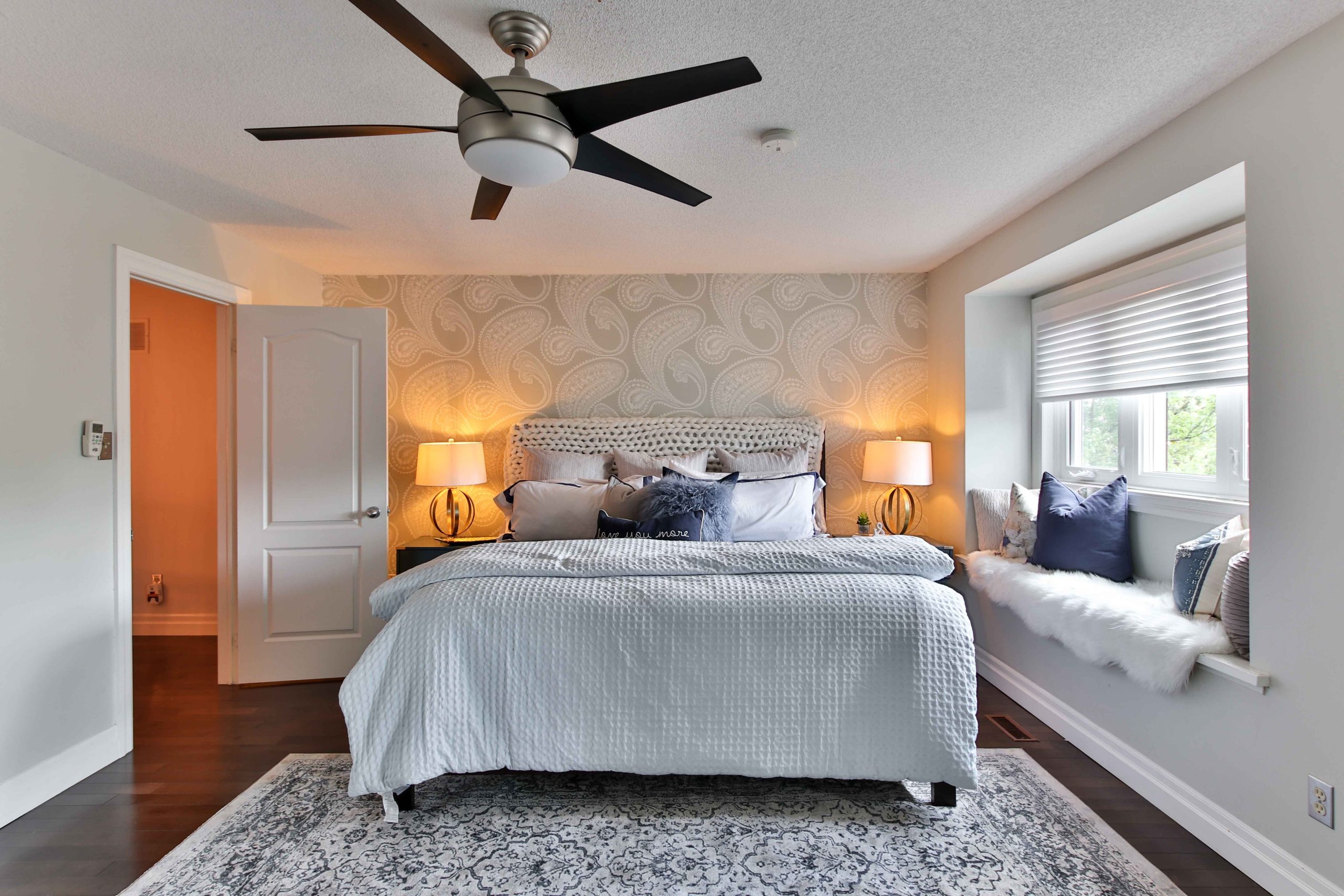
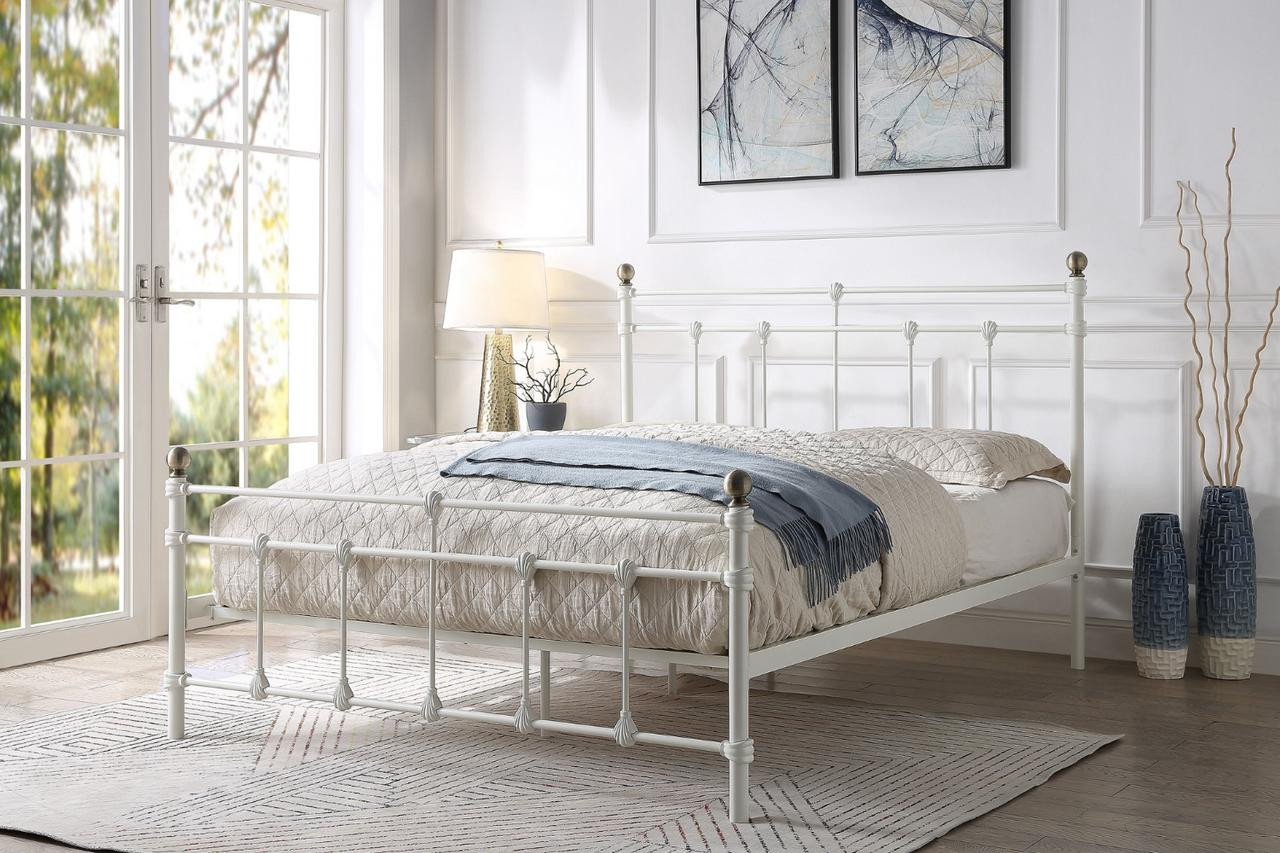

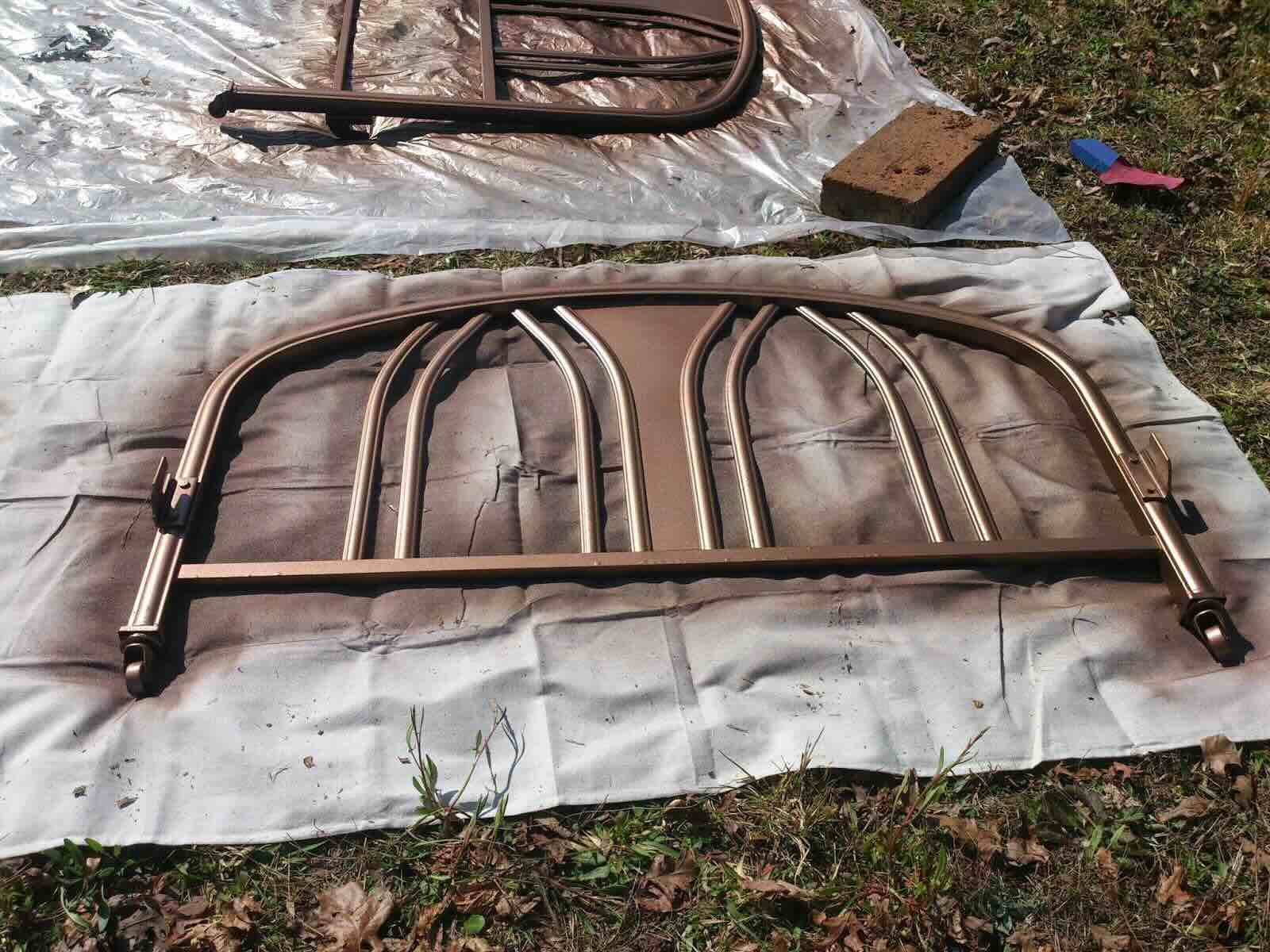
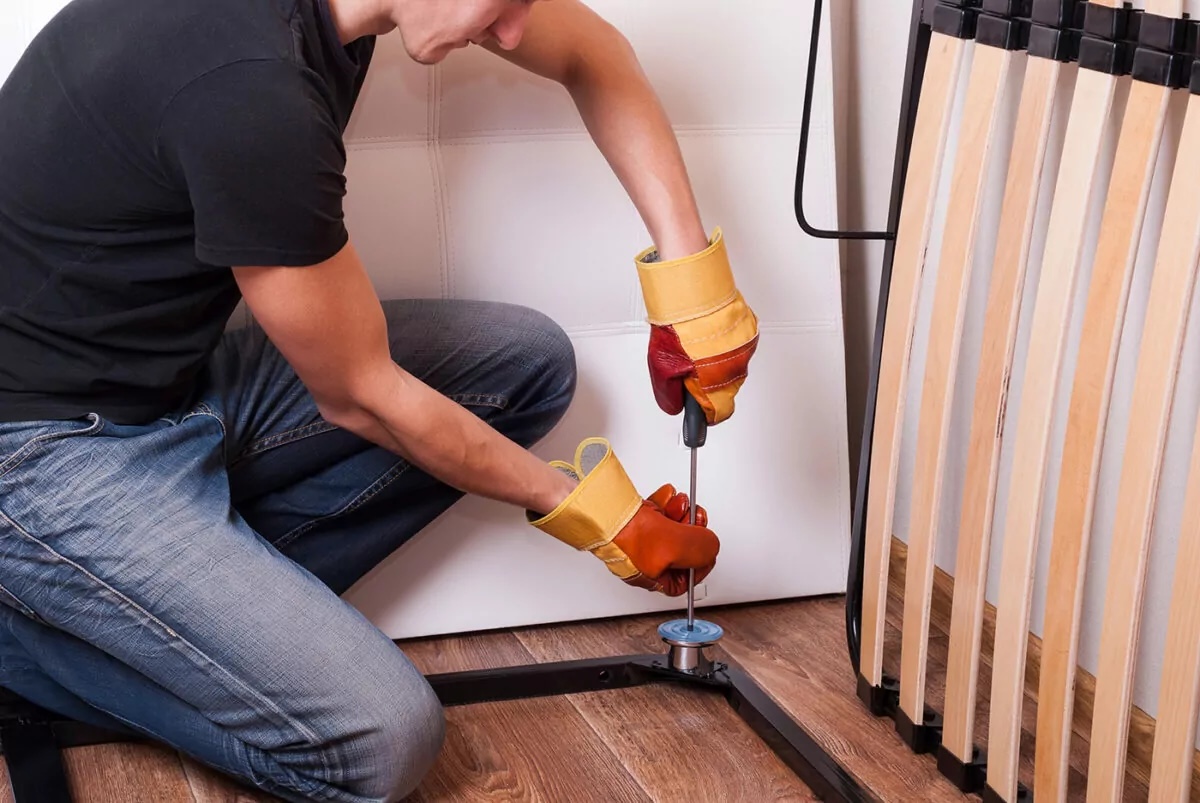
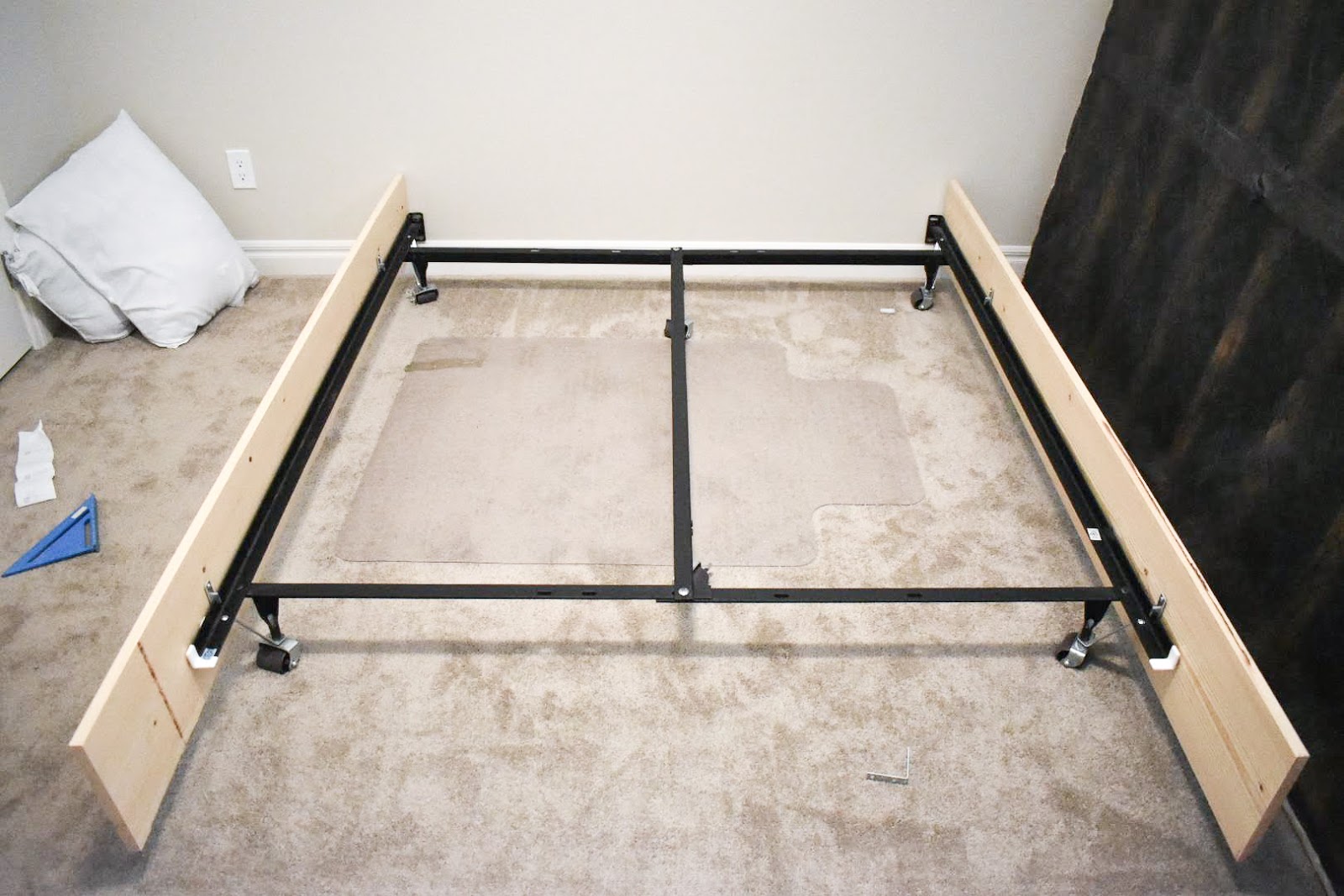

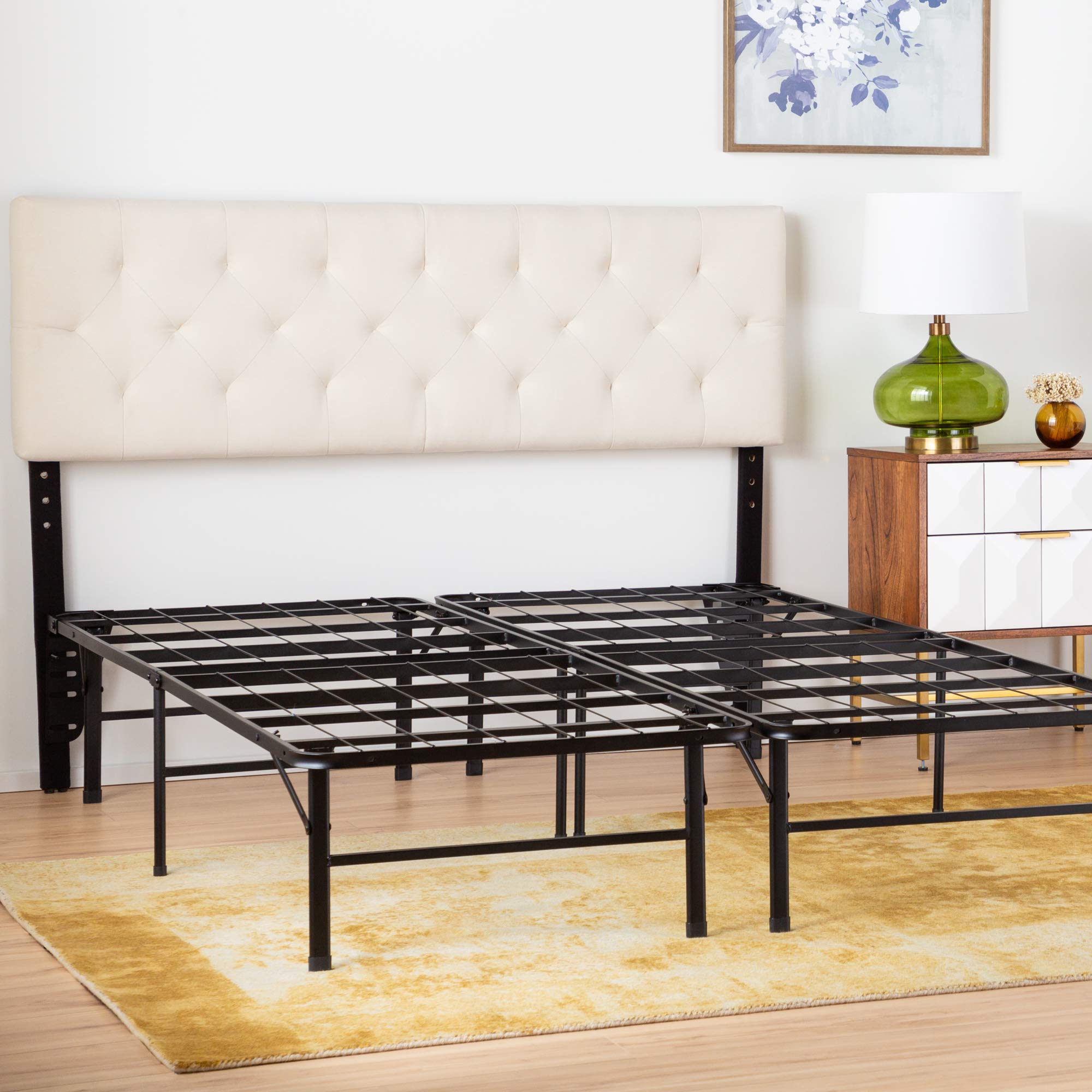
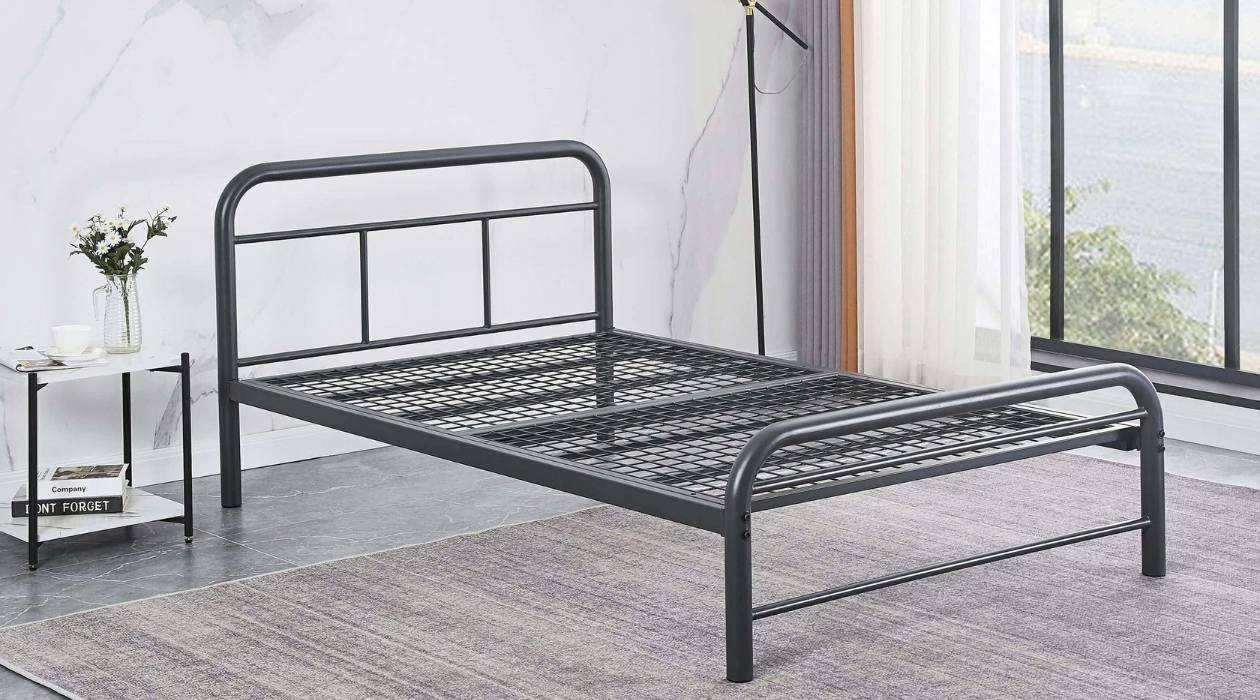
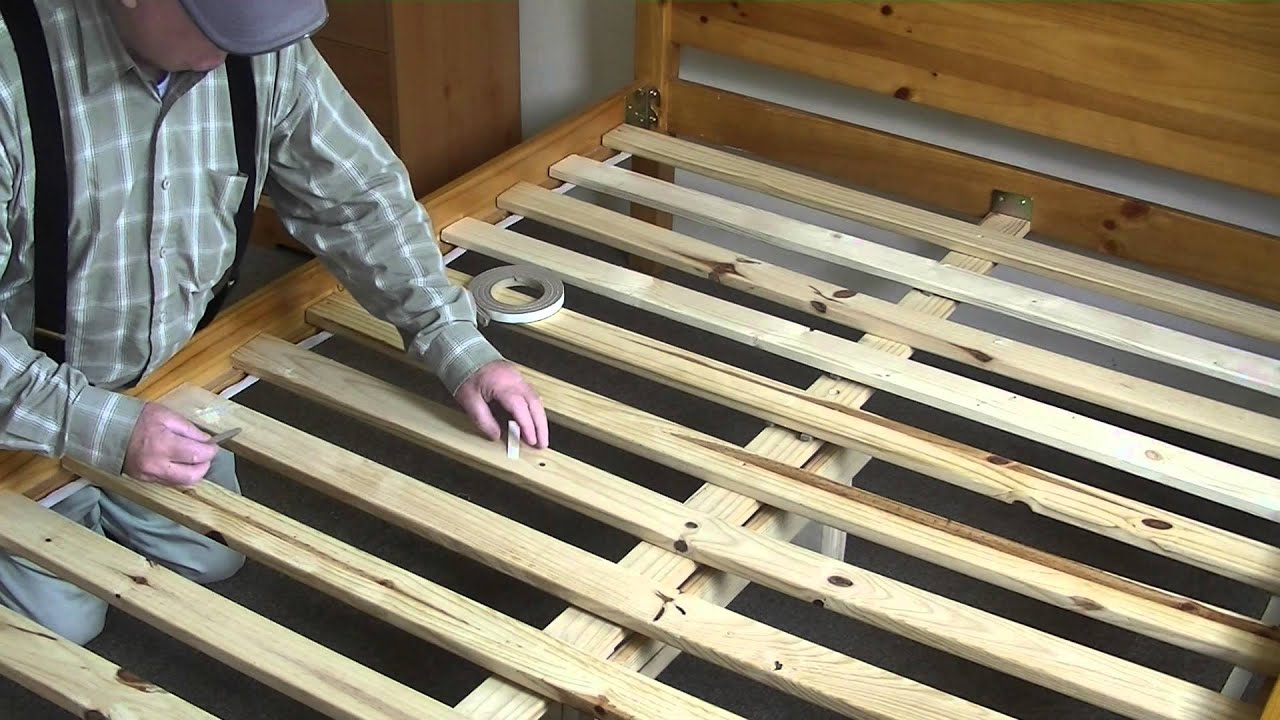
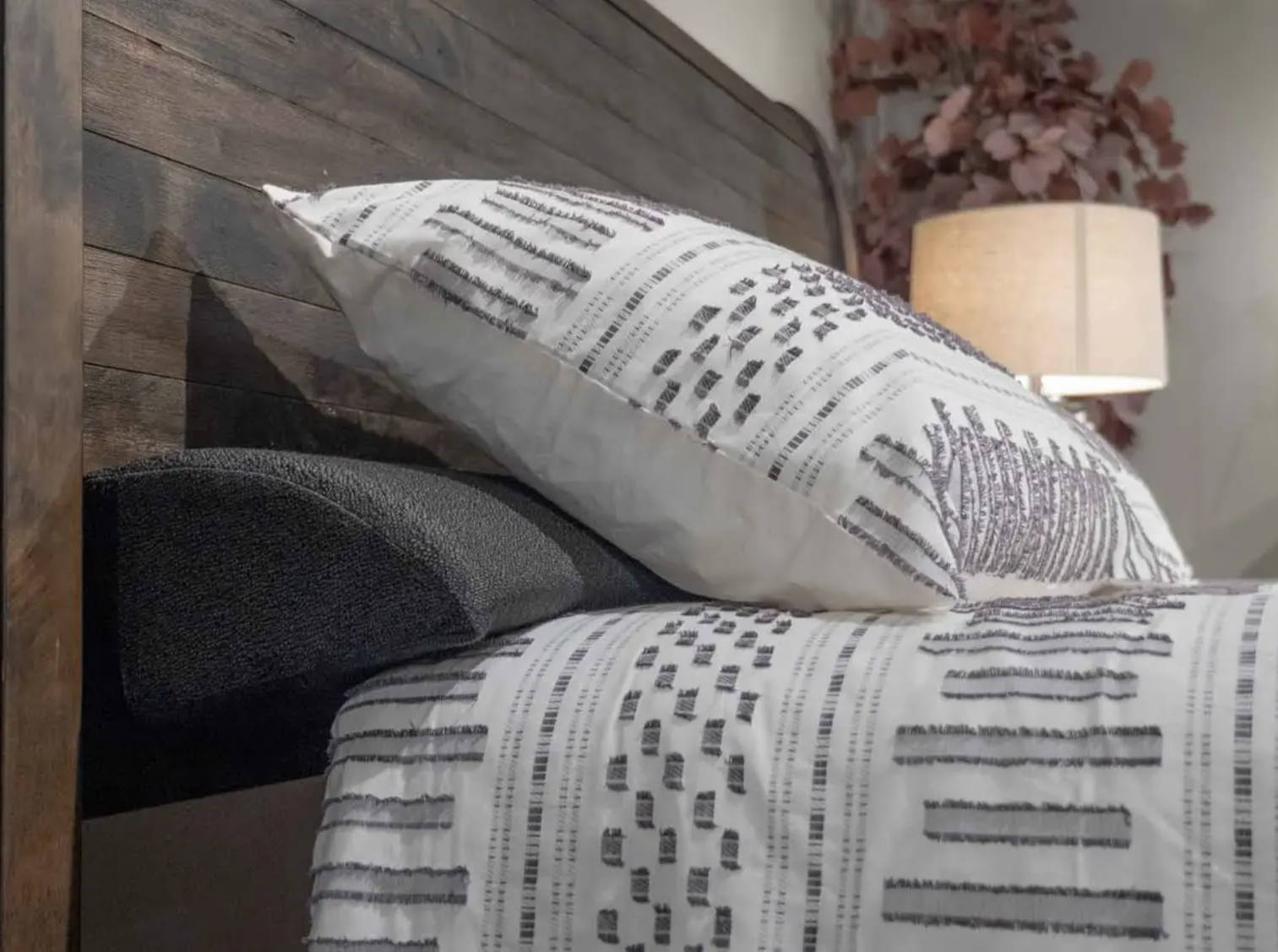
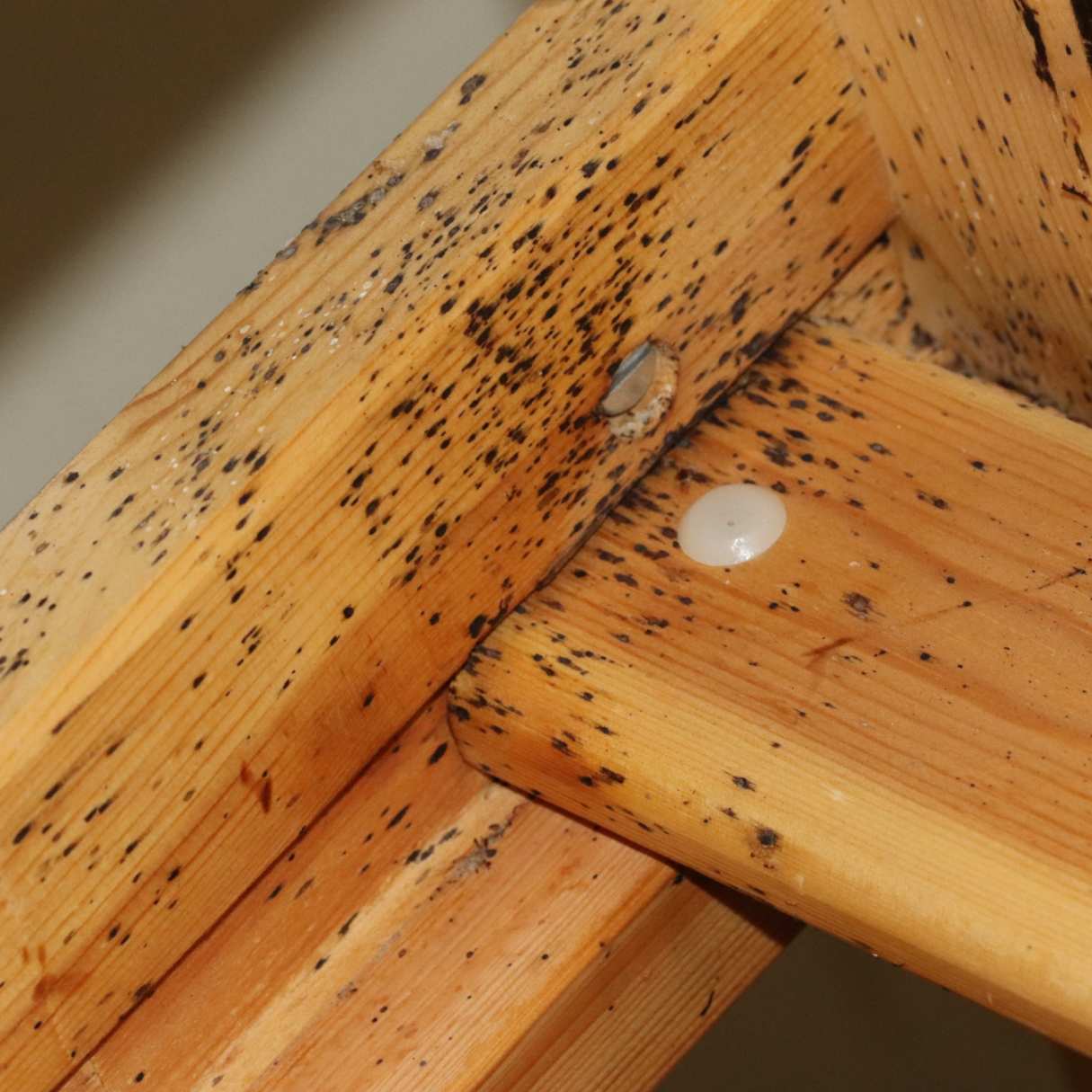


0 thoughts on “How To Stop My Metal Bed Frame From Squeaking”